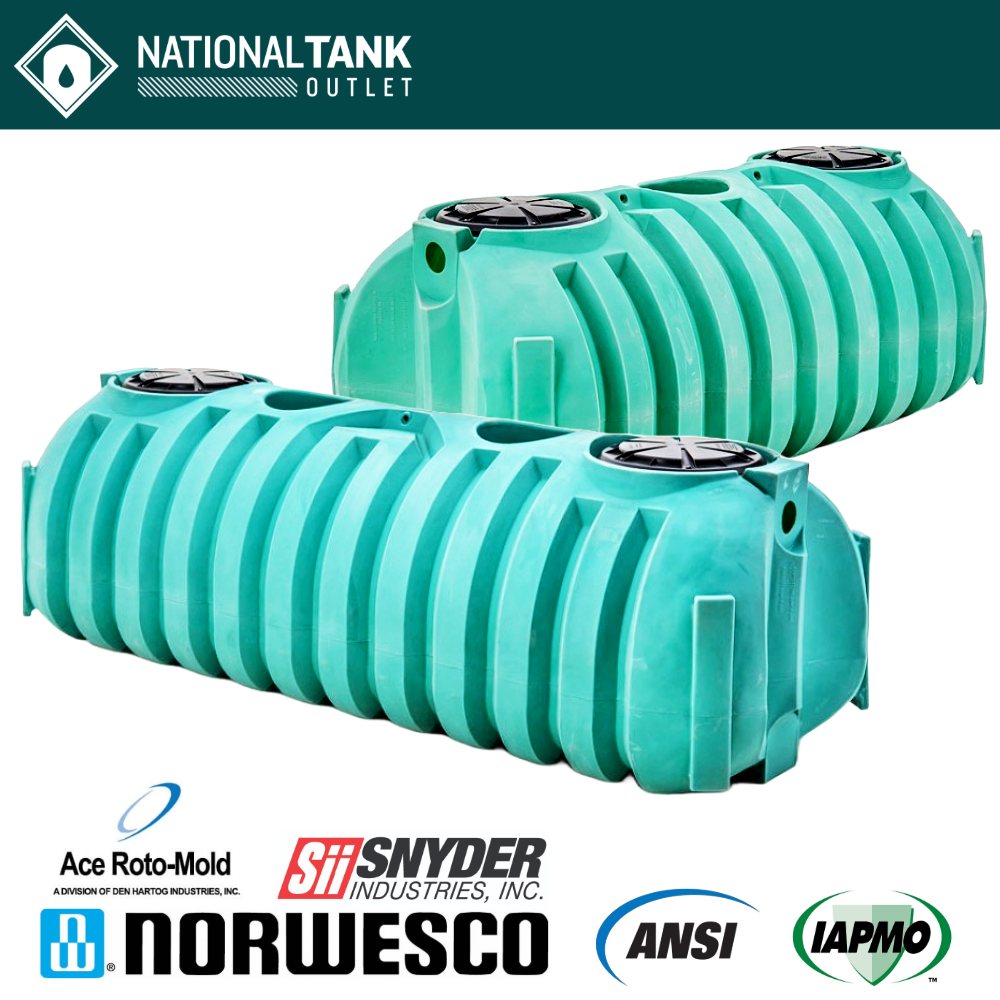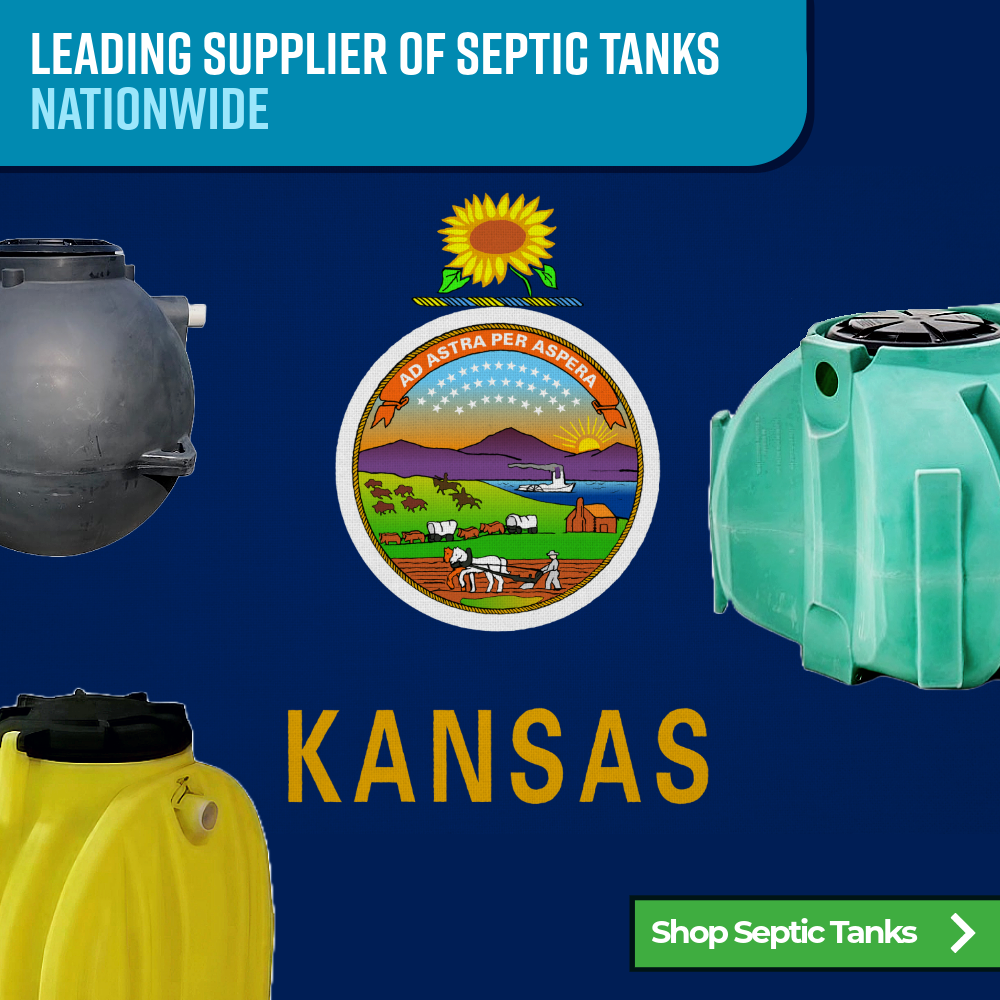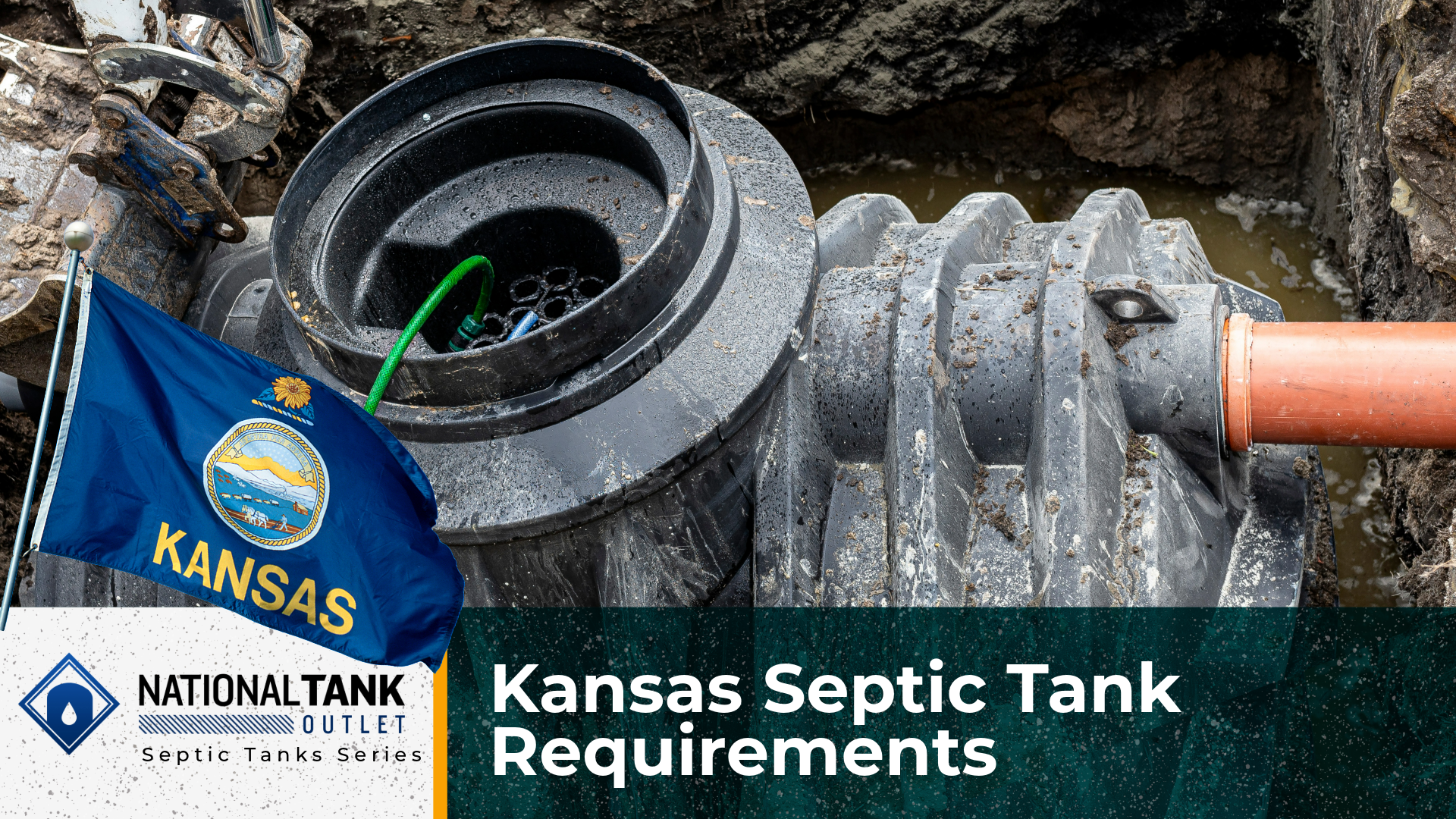
Approximately 20% of all homes in the United States are served by a private sewage treatment system. In the State of Kansas, many homes, farms, and nonresidential buildings rely on some form of septic tank system to manage the wastewater generated daily by the property. Kansas state, with a population around 2.94 million people and growing around 100,000 per year as of the latest estimates, has around 550,000 people who rely on private septic systems, with more being installed every year.
Owning a property in the Sunflower State with a septic tank or that will need one comes with the responsibility of ensuring the system is properly installed, maintained, and remains functional so it provides effective wastewater treatment and environmental protection. Understanding Kansas’ regulations is critical to homeowners, contractors, and professionals and their ability to install or work on a septic system and remain in compliance. This detailed guide provides an in depth look into Kansas state septic tank requirements, including permitting, tank specifications, inspections, and maintenance standards.
Kansas State Septic Tank Regulations
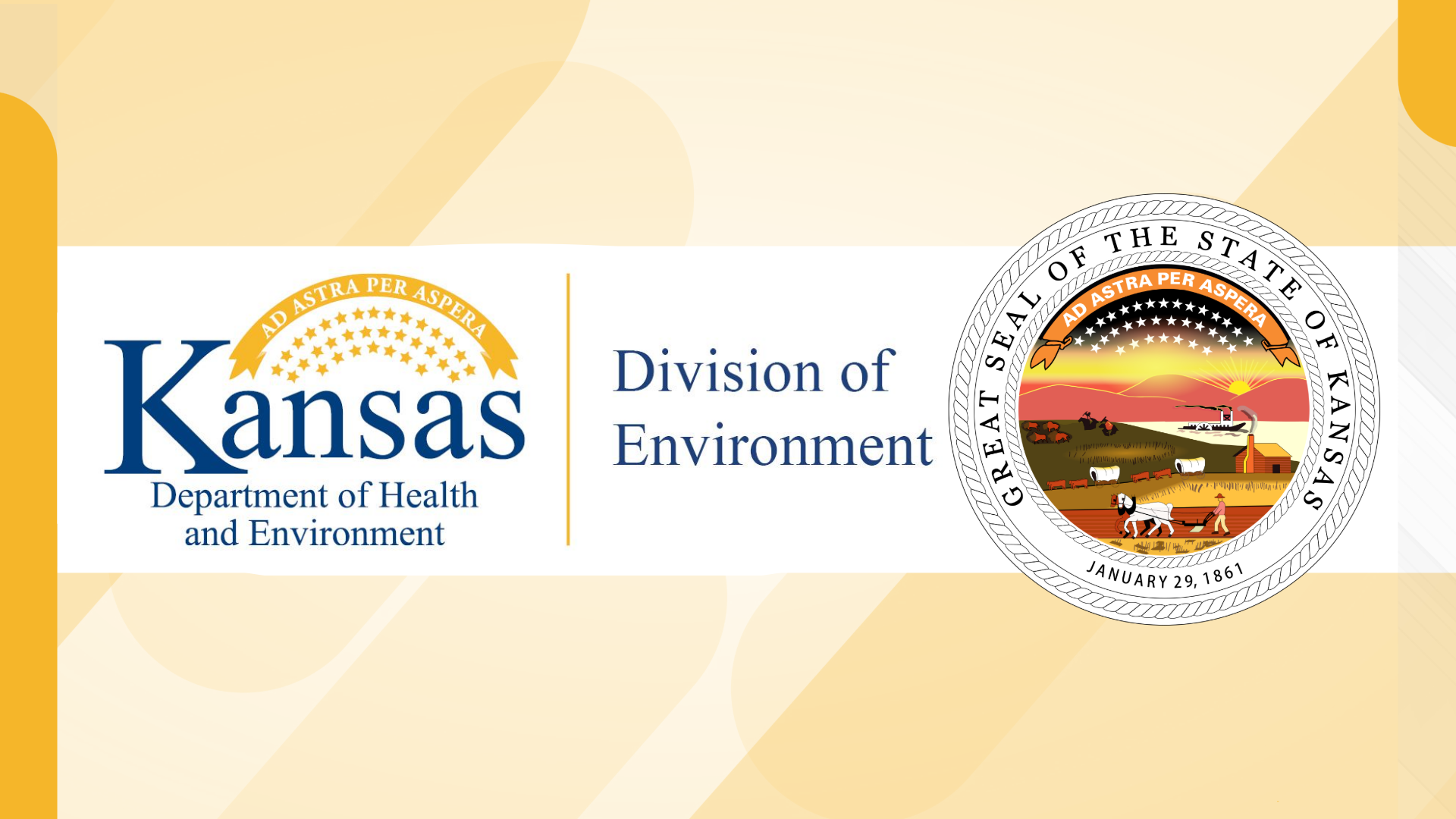
In the State of Kansas, the Department of Health and the Environment (KDHE) and its Local Environmental Protection Program (LEEP) are responsible for Kansas State septic tank regulations. The KDHE has been given the authority through Kansas Administrative Regulations (K.A.R.) 28-5-1 to have jurisdiction and governing power for regulatory oversight and standards regarding private septic tank systems for residential and non-residential properties.
Due to the number of properties and residents in the State of Kansas, local oversight regarding septic tank systems is frequently handed down to the county health department, planning and zoning department, or the code enforcement office. Local county departments may have adopted their own county sanitary code that sets the requirements and expectations for the installation, alteration, removal, repair, or replacement of septic tanks and associated treatment systems. If no local code is available, landowners must comply with K.A.R. 28-5.6 to 9 and Bulletin 4-2 Minimum Standards for Design and Construction of Onsite Wastewater Systems.
Kansas State Requirements on Septic Tanks
Kansas state code has set the following general requirements on septic tanks for their approval and use:
- Tank Material: Septic tanks and components must be structurally sound and made from corrosion resistant materials such as concrete, polyethylene, or fiberglass. Metal tanks are not permitted.
- Watertight: The septic tank, access risers or extensions, and all attached components must be watertight to prevent leakage from or infiltration into the tank and system.
- Size and Capacity: Minimum septic tank size is two times daily wastewater flow using 150 gallons per bedroom or 1000 gallons, whichever is larger. Septic tank sizes three times daily wastewater flow are recommended and are required when a garbage disposal will be used.
- Compartments: Single compartment septic tanks are acceptable, while multiple compartment tanks are preferred. One compartment tanks can be joined together in series to create a two compartment septic tank system.
- Components: Inlet and outlet baffles or sanitary tees are required. An effluent filter is recommended. If the septic tank manway is not at surface grade, a small diameter pipe can be used to mark the manhole location. Inspection risers over the inlet and outlet tees are required. Manhole extensions are recommended and preferred.
- Setback Distances: Septic tanks must be located no closer than 10 feet from a building, 50 feet from any source of water, and not be installed in a 100 year flood plain.
- Inspections and Permits: Installation, alterations, removals, and repairs require a permit and pre-cover inspection by a local department or office.
- Public Sewer Access: Depending on location, a private septic tank system will not be allowed if a public sewer line is accessible and within a specified distance from the proposed septic tank site.
The above specifications are derived from the State of Kansas Bulletin 4-2. Individual county sanitary codes may differ or have further requirements concerning a conventional septic tank system. If you reside in Kansas and are looking to find your county sanitation code or determine if one exists, see here.
Kansas Septic Tank Definitions
Kansas state regulations and guidance documents refer to septic tanks and the following system components as an Onsite Wastewater Treatment System (OWTS), an Onsite Wastewater Treatment and Dispersal System, or as a Private Sewage Disposal System. These terms highlight the system’s purpose and functionality. Onsite wastewater treatment systems can be installed and used at both residential and nonresidential properties. A system is traditionally composed of a septic tank and its various components, a post-tank treatment or disposal system and its components, and the plumbing needed to connect the parts together and to a structure.
Common types of sewage disposal systems installed in Kansas include conventional gravity fed systems, aerobic treatment units (ATU), filter systems, and mound systems.
Can I Install My Own Septic Tank in Kansas

In Kansas, state regulations, guidance documents, and sanitary codes do not appear to directly specify whether a private individual as a homeowner or landowner may install or otherwise perform construction activities on their own septic tank. The installation of a septic system must adhere to state standards which requires a thorough understanding of the fine details of system design specifications, including placement, grading, and sizing, as well as the complete capability to personally execute the construction. Due to the extent of knowledge and ability involved, choosing a licensed contractor to perform the installation is often preferred and is highly recommended. If confident in DIY septic tank installation, contact your local health department or other representative office to confirm permissibility.
The state’s regulations and the recommendation for contractor installation ensure that all septic tank systems meet the necessary safety and environmental standards to prevent issues such as contamination of groundwater, surface water, and public health exposure. It is vital to consult with your local health department or a certified professional during this process to ensure compliance with all relevant regulations when planning to install, repair, or alter a septic tank system on your property.
To become a licensed contractor for septic system installation, one must complete a series of educational requirements, pass an examination, and pay due fees. Applications, certifications, and licenses are typically handled by county departments and offices.
How to Install a Septic Tank in Kansas
Kansas state septic tank installation is a multi-step process whether one is permitted for DIY installation or a certified installer will be hired. Necessary steps and application fees may vary on location. In general, septic tank installation in Kansas involves:
- Point of Contact: Determine the appropriate governing department to contact, either county health, county environmental health, planning and zoning office, or code enforcement office; if no local sanitary code exists, contact the county extension office or KDPH Bureau of Water.
- Soil Profile Analysis: Schedule a time for a site evaluation to analyze the property’s soil profile to determine suitable system type and placement. Complete necessary applications and fees, if applicable.
- System Design: Have the onsite wastewater disposal system designed by a certified installer, designer, or professional engineer (PE).
- Construction Permit: Compile and submit all necessary property information, site evaluation results, and system design plan to the governing agency for review and approval to receive a construction permit.
- Construction Phase: Upon permit approval, construction of the septic tank system can begin. At this point, a certified installer could have already been vetted and selected. If performing DIY installation, now is the time to acquire all necessary components, materials, and equipment. Always perform septic tank installation according to the manufacturer’s instructions.
- Pre-Cover Inspection: When construction is completed and prior to complete system burial with backfill, an inspection should be scheduled for a representative of the state to determine installation when according to plan and is in full compliance.
- Post-Inspection Backfill: After passing inspection, the septic system backfill can be completed and the system put into operation.
Can Plastic Septic Tanks Be Used in Kansas
Yes, plastic septic tanks, made from either polyethylene or fiberglass, can be used as the initial wastewater collection point for a residential or non-residential sewage disposal system in the State of Kansas.

In the KDHE Bulletin 4-2, state guidance directly indicates concrete, fiberglass, and polyethylene septic tanks have been determined to meet required code specifications and are suitable for onsite wastewater disposal systems. The KDHE conducts individual product reviews of a manufacturer’s prefabricated plastic septic tank to verify the product meets the state’s standards and maintains a list of KDHE approved septic tanks.
Plastic septic tanks are made from high density polyethylene (HDPE), a heavy duty material that is light in weight, watertight, strong against physical impacts and drops, and resistant to various forms of corrosion, soil conditions, and sewage gasses. HDPE septic tanks are increasing in popularity compared to concrete tanks due to their low weight that allows easy transport, handling, and installation, drop resistance, long service life, and comparable cost.
Always check with the local department that has authority before purchasing a polyethylene septic tank to verify any extra requirements or restrictions that may be in place. Septic tanks often cannot be returned if they are not compliant or if they have been installed, even if unused – highlighting the importance of following the proper steps and selecting the right product. The list of approved septic tanks from the KDHE summarizes reviewed and verified products, and selecting from the list will ensure your tank will be in compliance.
Noteworthy manufacturers on this list include Ace Roto-Mold, Snyder Industries, and Norwesco. If looking for these Kansas approved septic tanks, the National Tank Outlet proudly offers them at the industry’s most competitive pricing and nationwide shipping.
Key Kansas Septic Tank Requirements
Permits
Prior to any septic tank installation activities – marking, excavating, buying materials, etc. – a construction permit is required. The construction permit provides authorization for a property owner or their hired contractor to begin the installation process. Construction permits are primarily provided by the county environmental health department, the zoning and planning office, or the code enforcement office.
To receive a construction permit, you must first complete a site evaluation and have a proposed septic system designed based on the information from the site evaluation. When these tasks have been completed, all property information and system details should be submitted to the correct department for review and approval. Upon approval, the department will issue a construction permit for installation to proceed.
Site Evaluations
A primary step in the septic tank planning and installation process is to have a site evaluation performed. The site evaluation is a comprehensive procedure that is essential and mandatory due to the variation in soil conditions across the state. In Kansas, a site evaluation will include an in depth review of existing property land data and a soil profile analysis.
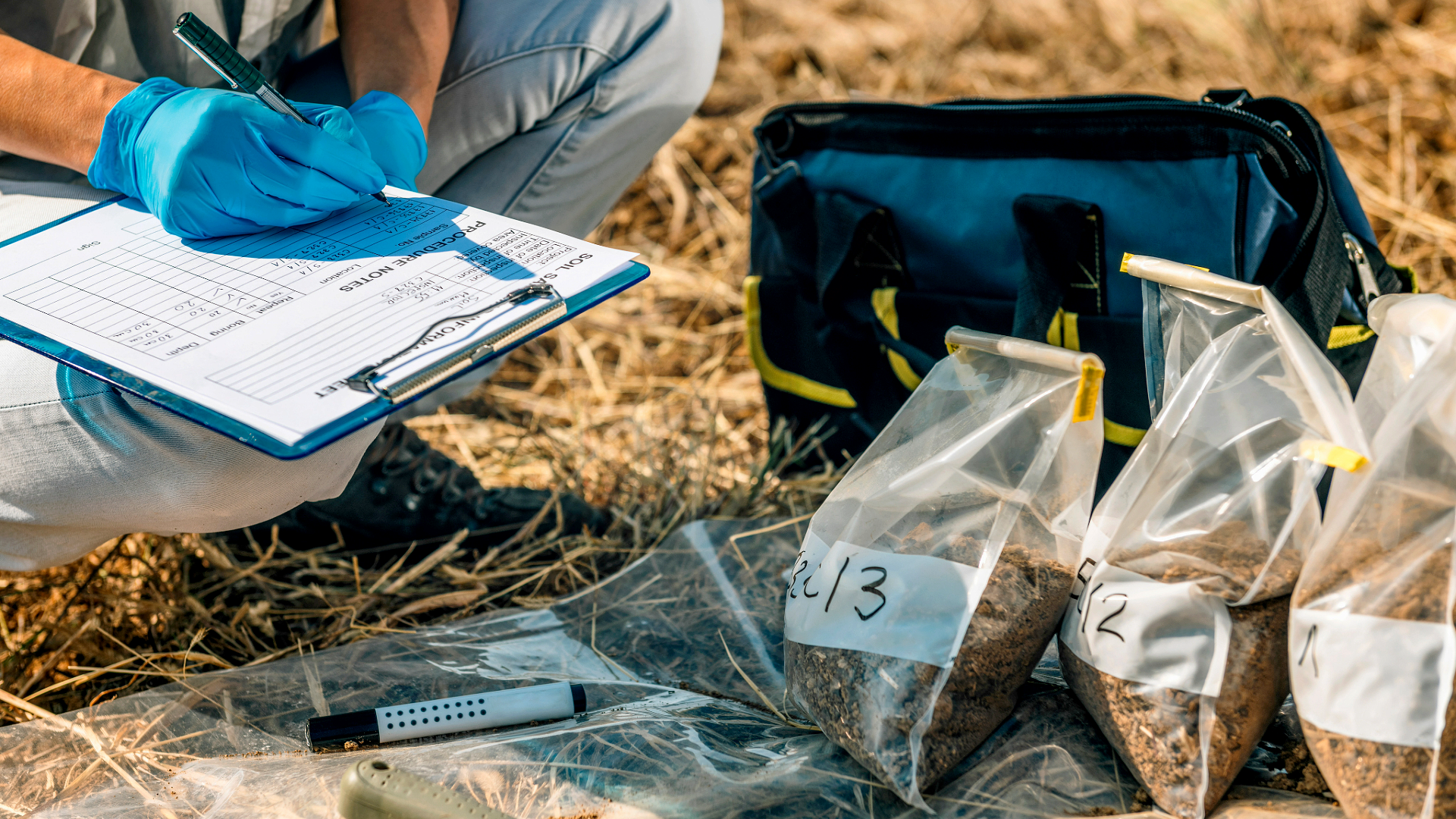
Site evaluations for a septic tank must be performed by a trained, qualified professional including a soil scientist, an environmental health specialist, or a county sanitarian. The soil analysis will determine the structure, consistency, depth, color, and texture of the onsite soil, characteristics of the water table in terms of depth and seasonality, and then use this information to determine the suitability of the site for the septic tank treatment system.
The site evaluation procedure will require a backhoe and analysis of soil up to 5 feet deep by excavating various pits. Homeowners, builders, and/or installers are recommended to be on site during the evaluation as the backhoe operator will have to dig as many pits as needed to complete the assessment and find the most suitable location.

Septic System Siting and Design
In Kansas, choosing the best site location, system type, and design plan for the system must be performed by a designer, installer, or professional engineer licensed by the state and/or county. Your local county government website often has information on certified professionals in your area for reference and to assist in hiring.
If you are a property owner searching for information on what is considered in choosing a septic tank location, it is important to know there are minimum distances the system must be setback from specific site features and utilities such as water supply wells. The following is a table from Bulletin 4-2 Minimum Standards for Design and Construction of Onsite Wastewater Systems detailing minimum separation distances.
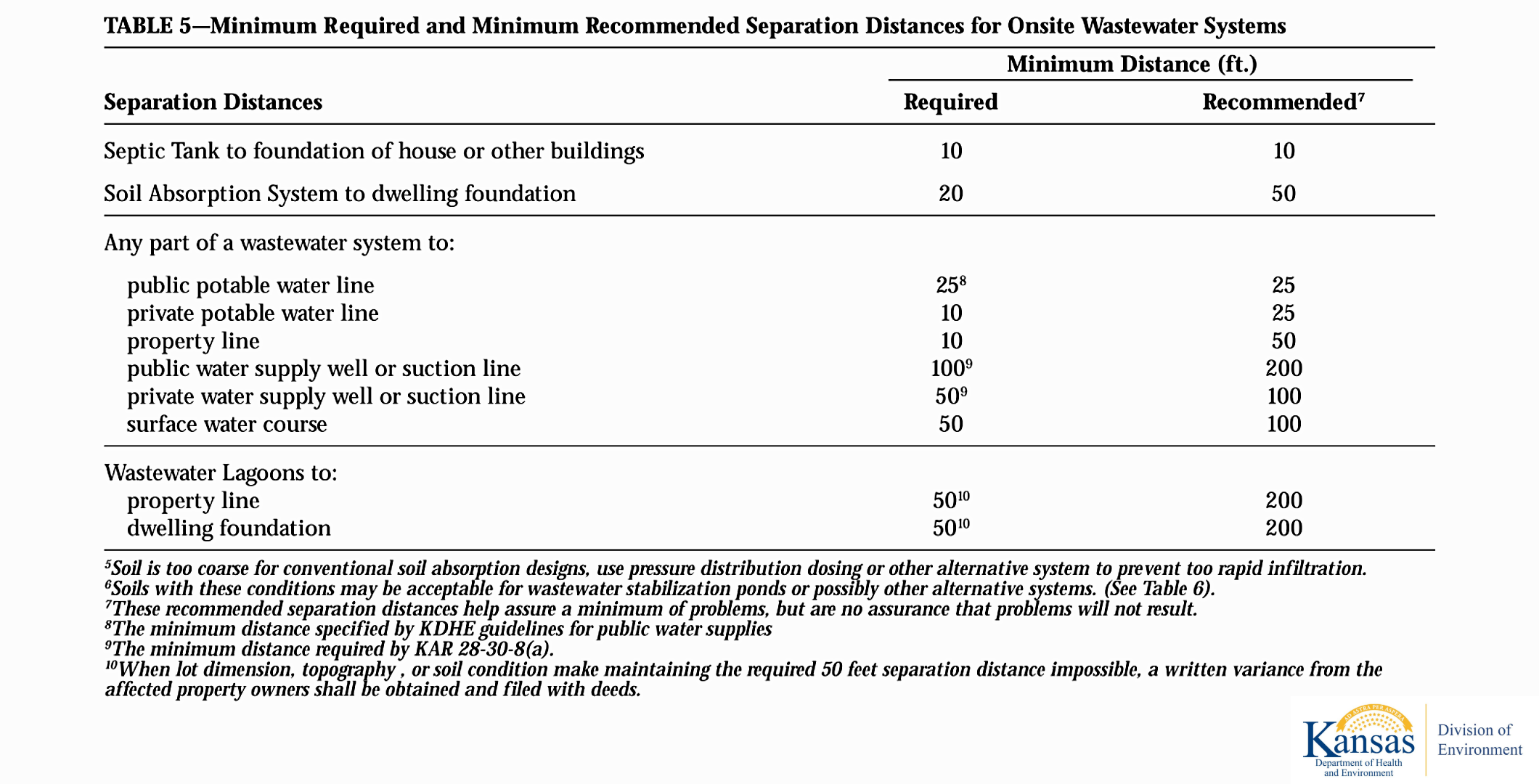
System Components
The list of parts and components will depend on the type of septic tank system as different systems are designed to function differently. The conventional gravity fed system is the most common type used in the US and Kansas. Conventional septic tank systems typically feature a single compartment or dual compartment septic tank with inlet and outlet baffles, an effluent filter, inspection port(s), manhole extensions, and a distribution box that drains the septic tank effluent out into a drain field. Schedule 40 PVC pipe and fittings are often used to complete connections between the property, tank, and drain field.
Review the following septic system diagram example sketch from the KDHE for an overview of system components:

The National Tank Outlet offers polyethylene septic tanks for use in various Kansas septic systems as well as manhole extensions to bring the underground lid access to surface grade.
Septic Tank Sizes in Kansas
Each state in the US regulates minimum septic tank sizes that can be used in a private sewage disposal system. These sizes vary by state and are often calculated by the number of bedrooms or the anticipated daily wastewater flow rates. In Kansas, septic tank sizes start at 1000 gallons for a 1 to 3 bedroom home, a 1200 gallon septic tank for a 4 bedroom home, and a 1500 gallon septic tank for a 5 bedroom home.
Installing a tank larger than specified is desirable and recommended if site conditions permit as a larger septic tank allows more space for solid separation and storage, less solid carryover, improves the service life of the drain field, provides more time between cleaning, and allows accommodation for future expansion of the home or property. Similarly, two compartment septic tanks or one compartment tanks in series are preferred and recommended over a single one compartment tank.
See the following table from KDHE Bulletin 4-2 for minimum septic tank sizes in Kansas:
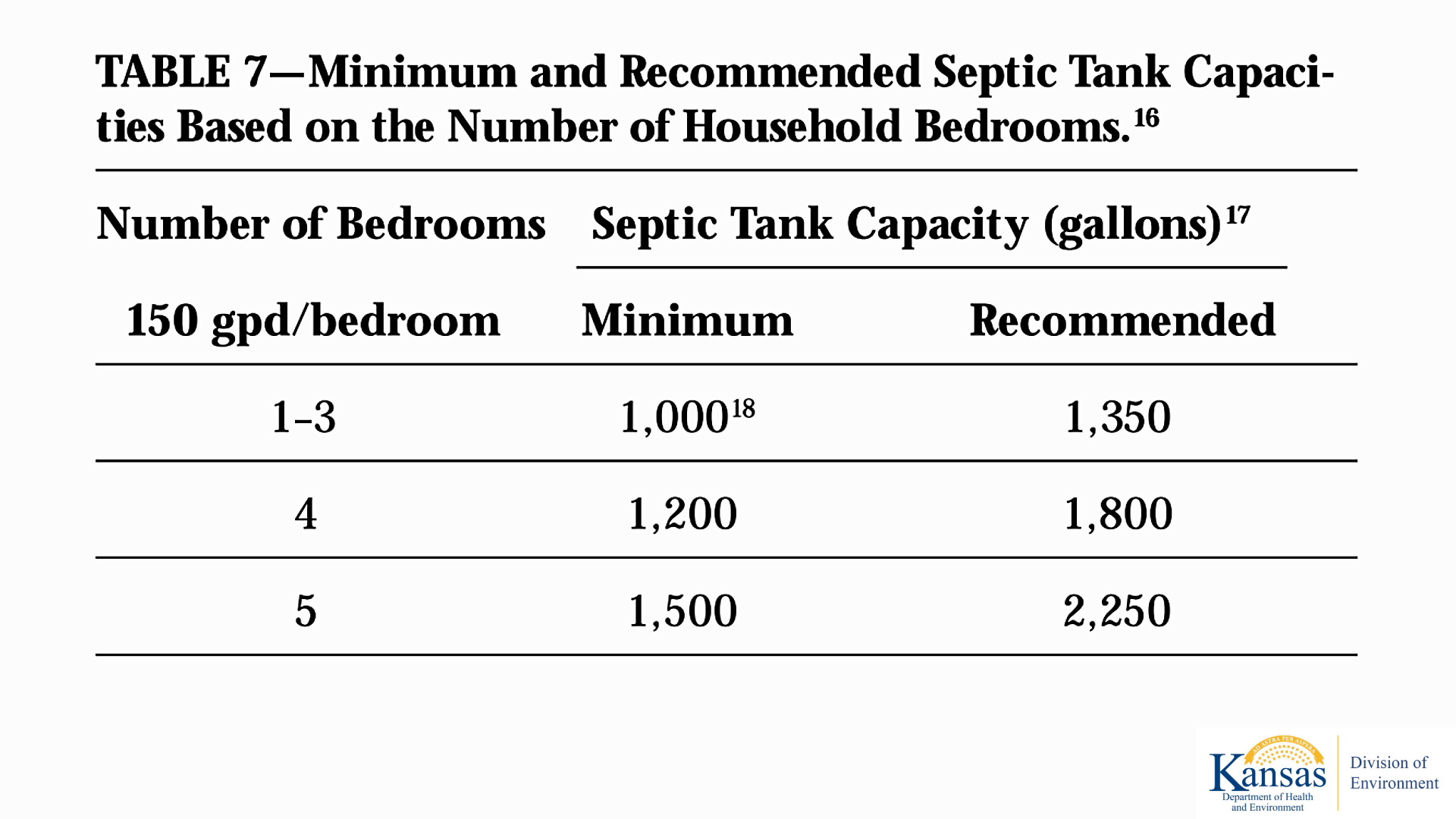
Inspections
After the septic tank system has been fully installed and is ready for covering with backfill, an inspection needs to be scheduled with a representative of the local office that has jurisdiction. This is often the one that provided the construction permit. During an inspection, the inspector will address a series of evaluation points to verify certain specifications, details, and condition of the septic tank, components, treatment, and dispersal system to ensure they meet KDHE approval and codes.

This inspection is extensive and outlined in Chapter 7 of the Environmental Health Handbook. After the inspection, the department will review and either pass or fail the installation and provide an assessment report of the results. With a passed inspection, the system is ready to complete the backfill covering process and is ready for use.
Additional Considerations
Whenever looking to buy or sell a property in Kansas state, it is recommended to have a resale inspection performed. A resale inspection is when a government representative can be scheduled to come to the property to inspect portions of the septic tank, its components, and connections to determine their condition and working order. The inspection can provide insight into any work that may be needed before selling or buying.
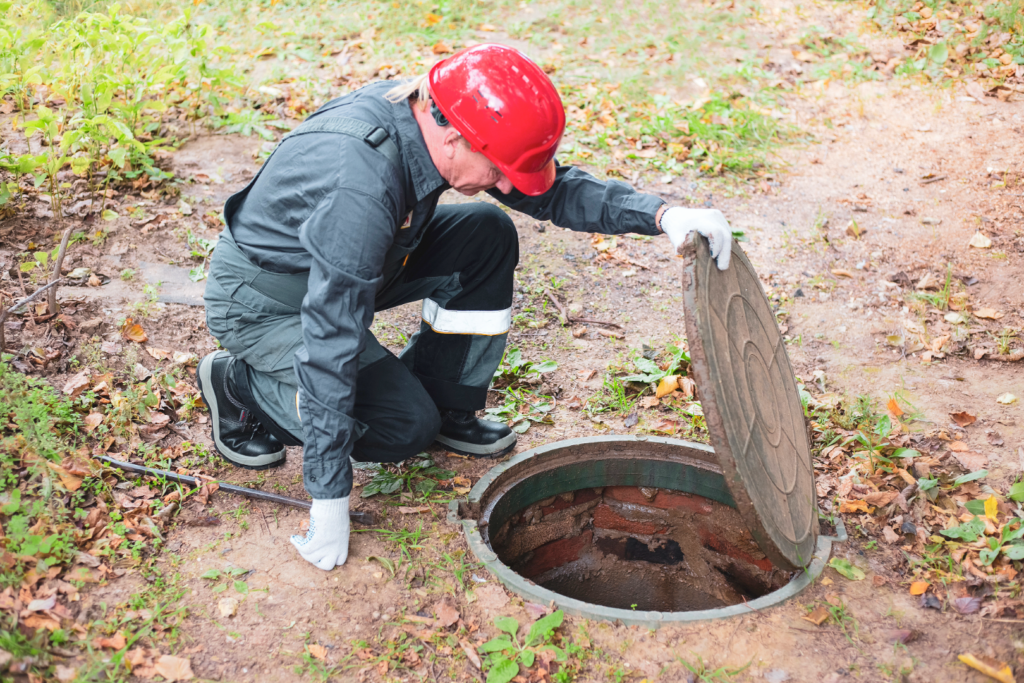
It is important to note the resale inspection does not constitute any type of warranty or guarantee but is investigative and educational in nature. Depending on your location, a resale inspection may be required within a certain timeframe after closing the sale and purchase of a property.
Maintenance and Pumping
To ensure septic tank systems continue to function effectively and with minimal issues, regular maintenance through pumping, inspections, and filter cleaning is vital. Failure to pump and clean the effluent outlet filter can lead to system damage, unwelcome problems such as sewage backup, and costly repairs. The recommended pumping frequency typically ranges from every 3 to 5 years and will depend on factors such as the number of bedrooms, family size, wastewater volume, and tank size. See the following table from the Kansas State University that provides greater detail and accuracy on septic tank pumping frequency based on the size of the septic tank and people in the household:
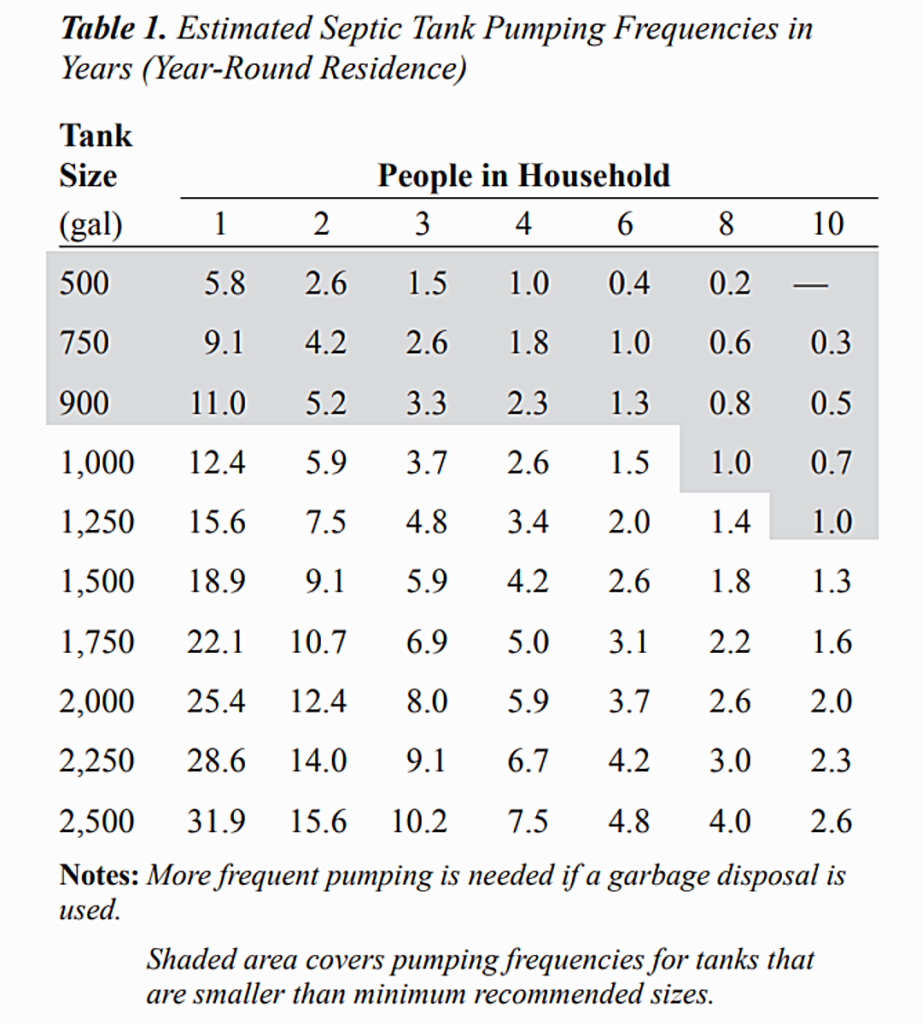
Need a Septic Tank in Kansas? Choose the National Tank Outlet to Supply
Installing and maintaining a septic tank system that is compliant and functional will protect public health, the environment, and property value, and safeguard against future problems that otherwise could have been prevented. By following the requirements and best practices discussed in this article, employing the right professionals, and educating yourself on the correct guidance, you can ensure you meet the standards for responsible wastewater treatment in Kansas.
If you are in need of a reliable, durable, and cost effective solution for your wastewater treatment project in the State of Kansas, look no further than our underground septic tanks. National Tank Outlet offers an extensive range of high quality plastic septic tanks made by the USA’s top manufacturers, approved by the Kansas KDHE, and designed for both residential and nonresidential applications. With a full selection of common septic tank sizes in stock, you can save on your next project with our competitive pricing.
Our polyethylene tanks are not only designed for long lasting durability but also for quick and easy installation to provide an efficient and environmentally conscious solution for your wastewater management needs. Visit National Tank Outlet today to browse our selection of Kansas approved septic tanks and invest in a septic tank you can trust.
Additional Resources
- KS Environmental Health Handbook Septic Tanks | KDHE
- KDHE List of Approved Septic Tanks
- Bulletins, Handbook, & Resources | KDHE Local Environmental Health Program
- Bulletin 4-2, Minimum Standards for Design and Construction of Onsite Wastewater Systems | KDHE
- Site and Soil Evaluation for Onsite Wastewater Systems | KDHE
- Guidance & Legislation | KS Local Environmental Protection Program
- Selecting an Onsite Wastewater or Septic System | Kansas State University
- Septic Tank Maintenance: A Key to Longer Septic System Life | Kansas State University
Disclaimer: This guide is intended to provide general information and expectations around the installation and requirements of a septic tank and system in the state of Kansas and is not intended to substitute for advice, legal counsel, or consultation from state departments or licensed professionals. The information provided is current and accurate to the best of our knowledge at the time of this writing. For specific advice on your individual situation, please consult with the Kansas Department of Health and the Environment (KDHE) Division of the Environment, your local health department, or a licensed septic tank contractor.
